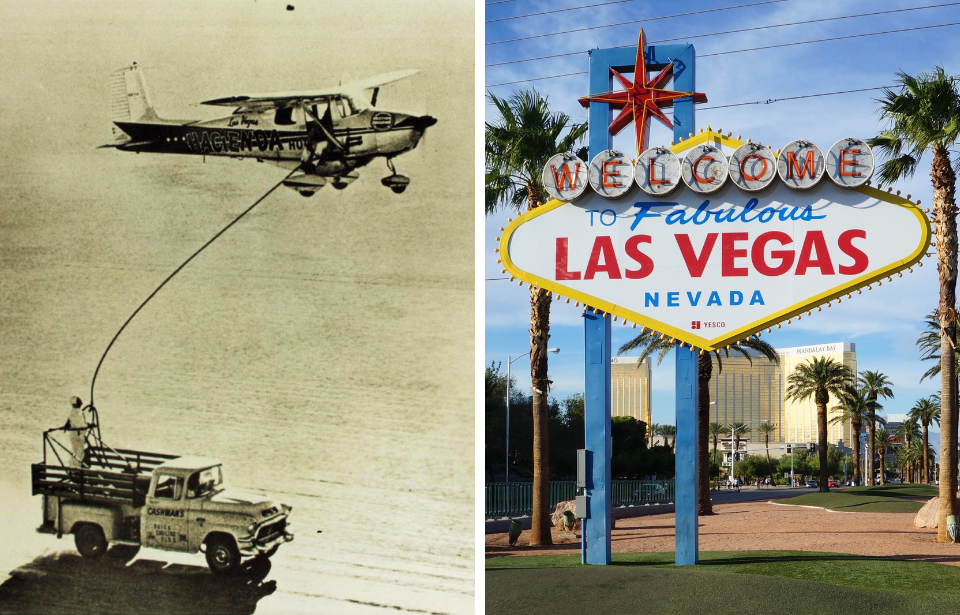If you thought the seven-hour New York to London flight was bad, buckle up because two men decided to break the record for the world’s longest flight. Between December 4, 1958 and February 7, 1959 – 64 days, 22 hours, 19 minutes and five seconds – Robert Timm and John Cook flew a Cessna 172 continuously, without stopping, as a publicity stunt – and an impressive one, at that.
This crazy story involves a World War II bomber pilot-turned-slot machine repairman, a Las Vegas hotel and casino, a fake cancer research fundraiser, a Cessna and a gas truck – all the makings of a tale that’s almost hard to believe!
World War II bomber pilot-turned-slot machine repairman
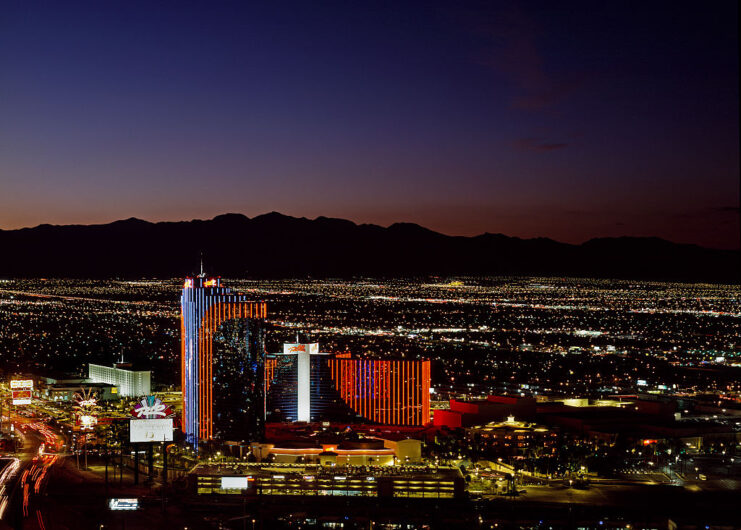
Robert Timm served as a bomber pilot during the Second World War. Following the conflict, he hoped to continue flying as an airline pilot. However, this wasn’t meant to be and he found himself working as a slot machine repairman at the Hacienda, a casino and hotel in Las Vegas.
There, Timm came up with a publicity stunt he could perform for the establishment. The Hacienda’s management loved the idea and gave him $100,000 (just over $1 million today) to get everything he needed to complete the storied flight, including a suitable aircraft. To disguise the stunt, he was told to claim it was part of a cancer research fundraiser.
Recruiting a Cessna 172 for the publicity stunt
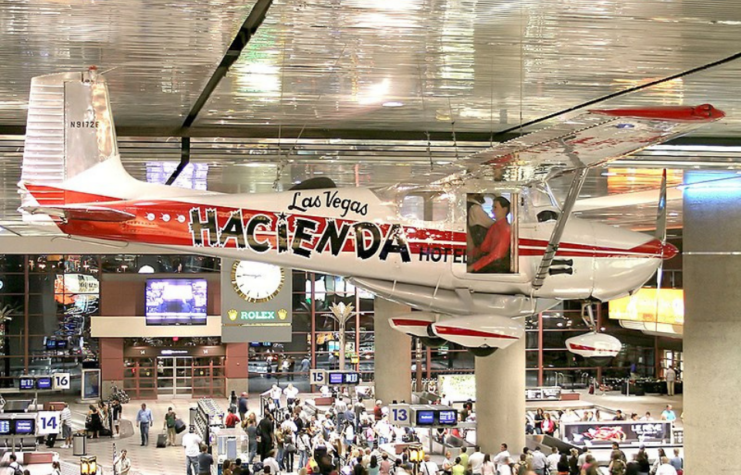
The aircraft Timm chose for the publicity stunt was a Cessna 172, which would serve as a flying billboard. At the time, it was relatively new. However, it would prove itself a safe and reliable aircraft, certainly proven by Timm over the upcoming 64-day period. A mattress, sink, autopilot system and large belly fuel tank were added to make the Cessna a little more comfortable.
Anything that was deemed unnecessary for flying was removed, helping reduce the aircraft’s weight. The final touch was the logo of the Hacienda Hotel, which was painted in bold black lettering on the side.
The biggest logistical and technological issue was keeping the Cessna in the air. Sure, the aircraft could stay up as long as Timm wanted, but that hinged on whether it could be refueled. It also had to maintain a minimum speed of 55 MPH. The opportunity they were looking for presented it in the form of a truck, which could easily drive at the necessary speed – a little sketchy, but, still, an opportunity.
Staying in the air for 64 days
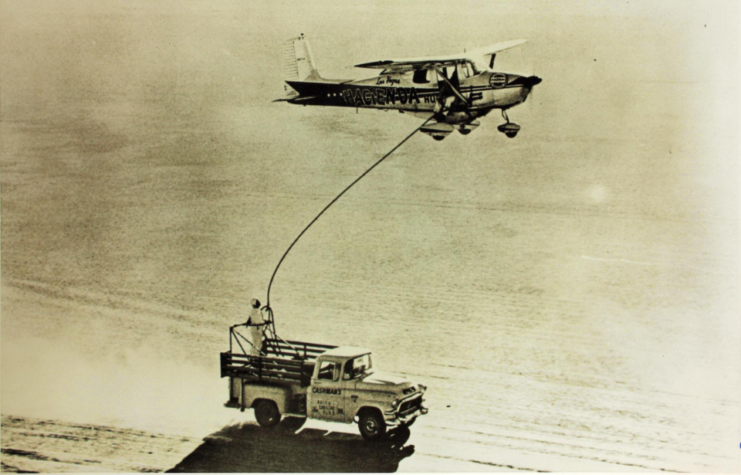
Timm set out to break this record and gain publicity for the Hacienda. However, the first three attempts failed when the aircraft had mechanical issues. On December 4, 1958, he took to the skies with aircraft mechanic John Wayne Cook as his co-pilot. This became the record-breaking flight.
Taking off from McCarran Airport (now Harry Reid International Airport), the two flew with no immediate plans to stop. The Cessna 172, flying 20 feet above the ground, was fueled as planned by a truck keeping pace with the aircraft. At the same time, food from the Hacienda’s kitchens was passed up, and, every other day, clean water was provided for the two to clean themselves. Any waste was put into plastic bags and thrown from the Cessna down into the Mojave desert.
During the flight, the pair experienced numerous issues with the autopilot, fuel pump, fuel gauge, cabin heater and landing lights. Despite this, the flight was a success. When they landed on February 7, 1959, having traveled 150,000 miles for 64 days, 22 hours, 19 minutes and five seconds, they’d completed the world’s longest continual, refueled flight.
The publicity stunt backfires
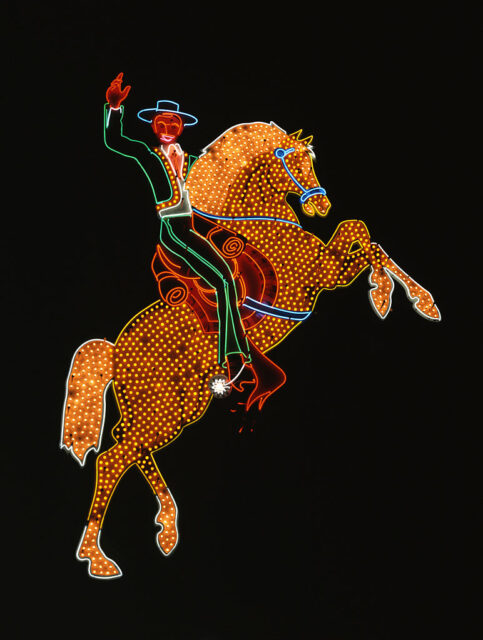
Despite the flight’s success, the promotion for the Hacienda didn’t turn out as planned. Newspapers, smelling a publicity stunt, only began reporting on the flight after they’d been flying for 30 days. Even when they did, they declined to mention the name of the hotel.
More from us: Goodyear Once Developed An Inflatable Aircraft Known As The ‘Inflatoplane’
While the stunt didn’t turn out as planned, a new record was made that no one has been able – nor wanted – to break.
